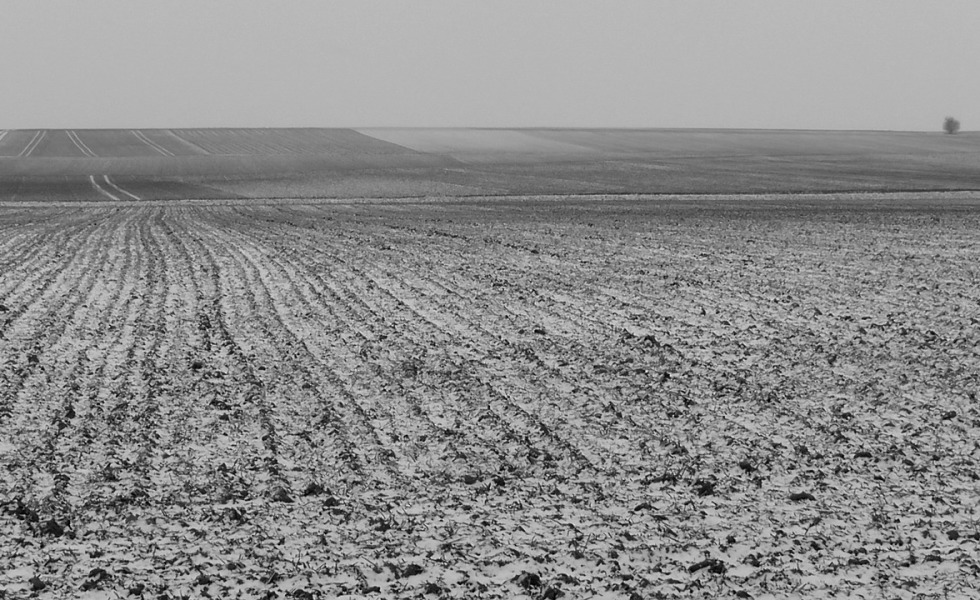Winter’s Workings
Posted on February 22, 2017

January started gray, stayed gray, and ended gray. Worse, it wasn’t a shining silver gray or an inviting blue gray. It was the flat, disengaging gray of used dishwater that seemed to whisper, “Don’t bother.”
The one-colored weather wasn’t cold weather, though. Early in the month, a few days of Arctic temperatures did thicken the lake ice for safe—and, as it turned out, good—fishing. Neither lasted, however, and within a week squadrons of honking Canada geese again ruled their gray sea.
It was the first January in memory that delivered more rainfall than sleet, ice, and snow combined. So, oddly, it was a month of no shoveling, no slipping, no falling, no sweating, no bruises, and no complaints.
It was also a month of no wood cutting. Cold, snowless January days are perfect days to cut and split firewood because they feature hard ground, natural cooling, and skies so blue you could swim in them. That wasn’t this just-passed January.
Howard, the herdsman on the southern Illinois dairy farm of my youth, would have loved January because it would have afforded him a seven-days-a-week opportunity to haul and spread manure. Howard was hard on manure; he hated seeing it anywhere but on a stubble field.
His little brother Jackie, our farm’s other hired man, didn’t have the family’s anti-manure gene and only lent his limited talent for the task when ordered to do so by my father. That action brought two quick reactions from Jackie: colorful, instant cussing and an immediate trip to the dairy barn for a pre-emptive cup of hot, instant coffee.
My brothers and I would have done the work if allowed. Most winter days, however, the only available job for Jackie was to haul manure so he and his salary preempted us and our 50-cents-an-hour eagerness. As such, his cussing and coffee became a staple in our January lives.
Given the equipment we used back then, Jackie had cause for both. For more than 30 years our go-to manure spreader tractor was a narrow-front Oliver of current vintage—first a 77, then 770 and, finally, a 1650. None, of course, had a cab.
All, however, sported a winter jacket called a “Heat Houser,” a canvas-and-twine strings contraption meant to divert the tractor’s engine heat toward the driver. Even better, the floppy rig was crowned with a near wrap-around plastic windshield of sorts that kept at least five percent of winter wind off your face.
The windshield’s biggest flaw (among many other flaws) was that it was wide open behind the driver so, in theory, he or she could watch the operation of whatever implement they were using at the time.
Turning to watch the operation of a manure spreader, however, was not something experienced drivers did. In fact, most learned to use the sound of the spreader’s rotating rear tines—slow and throaty when full; faster and more hollow-sounding when empty—to endure a run without risking either a glance back or a facial splat of, well, you know.
Still, with our small New Idea manure spreaders, that no-look skill did not mean the driver’s hat, back of his ear, or back of his coat didn’t sometimes catch an errant wad of already-digested alfalfa or hard clump of used straw. As is said on the farm, it happens. Often as not, when it happened, it happened to Jackie.
Uncle Honey, on the other hand, rarely hauled manure because Uncle Honey was banned from operating any machinery that involved both power-takeoffs and less-than-solid animal-based fertilizer. There was a time when an employee of the U.S. Postal Service could have explained the reason for the ban but he, like Uncle Honey, is long gone.
So, too, is January’s bleak grayness. Now, get to work February.
© 2017 ag comm
Share This